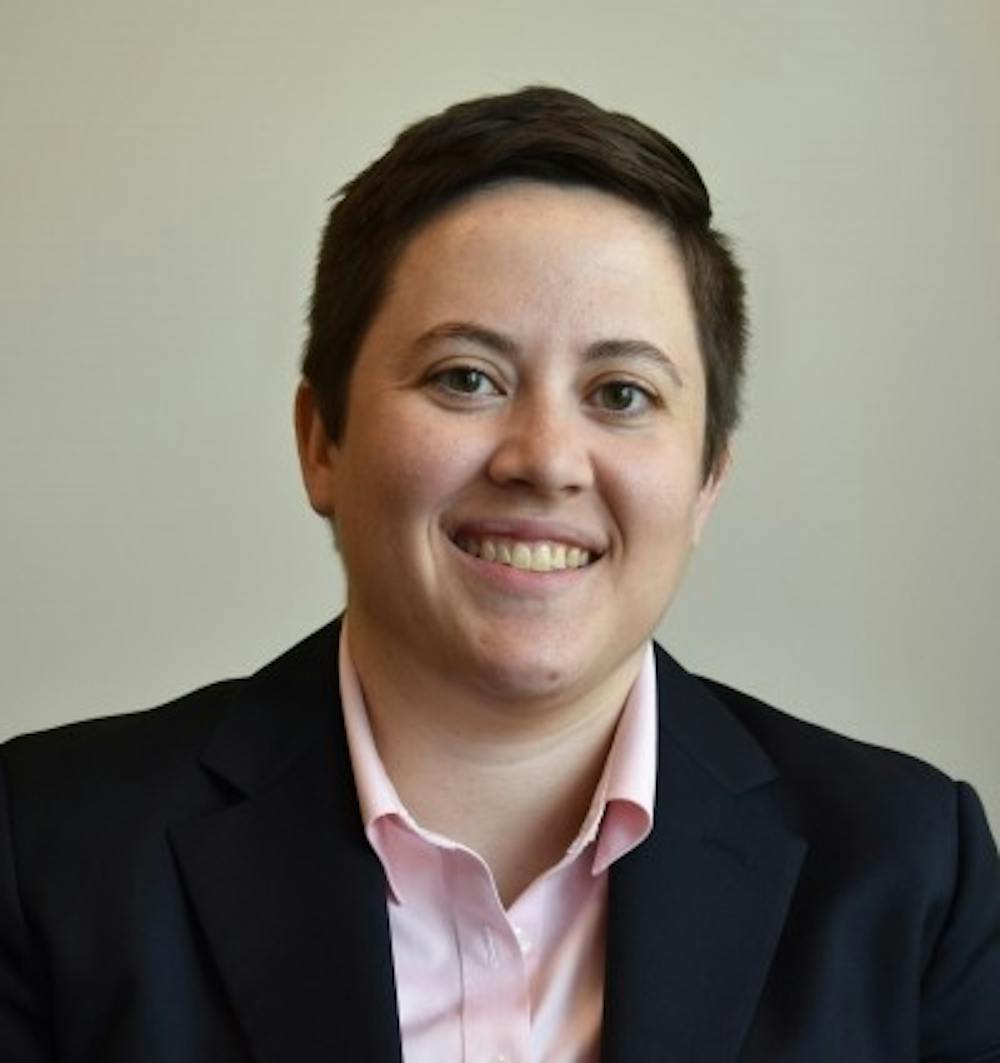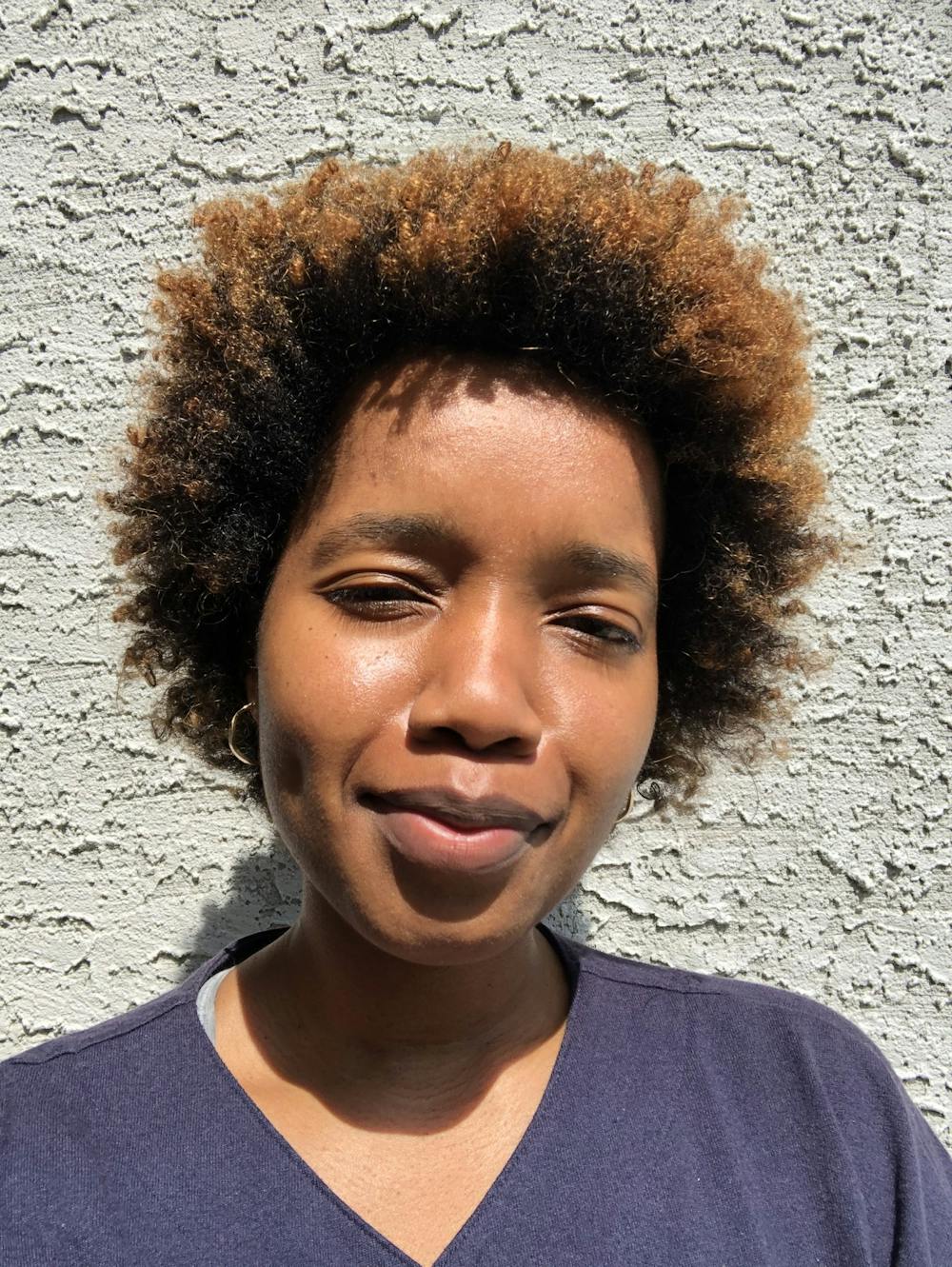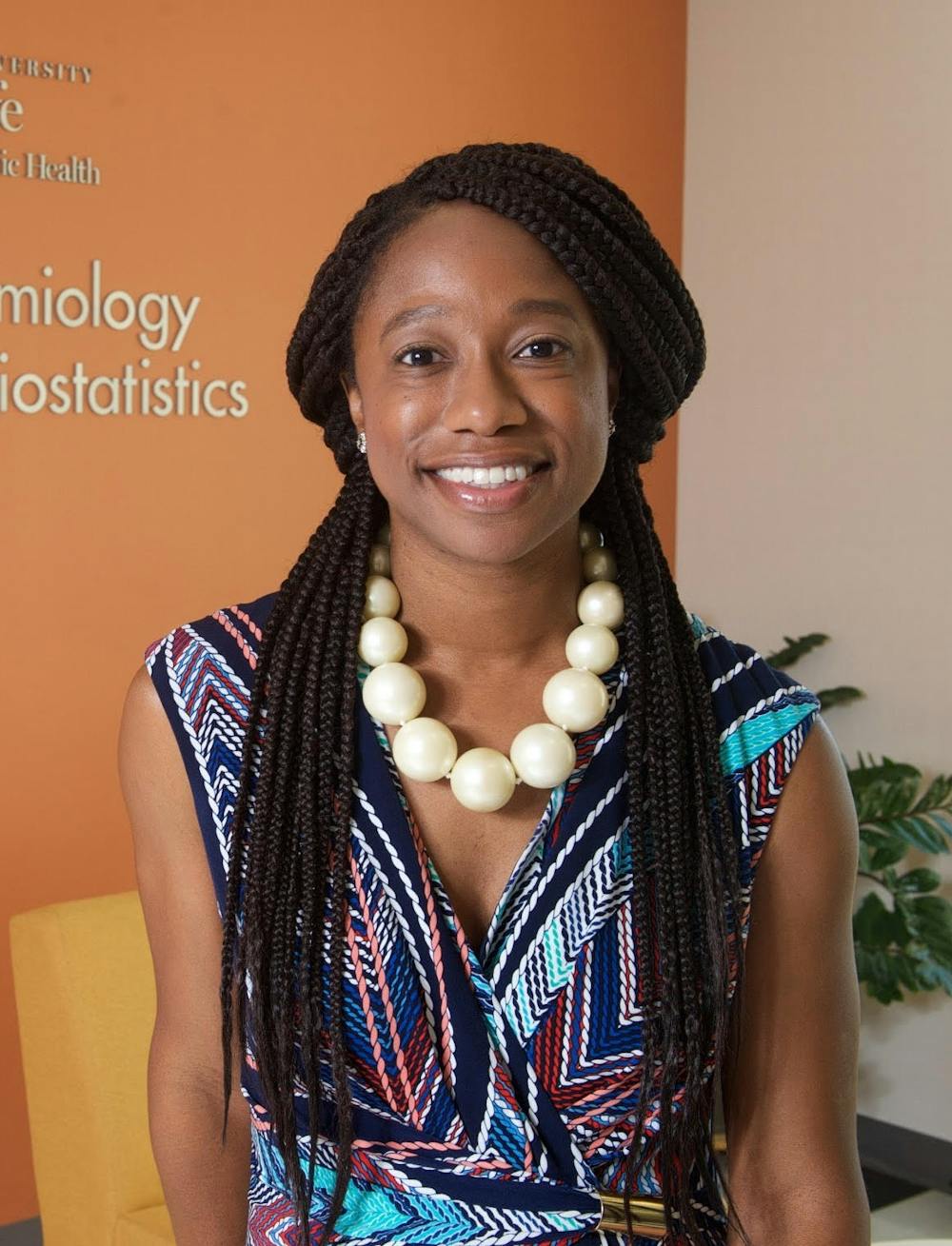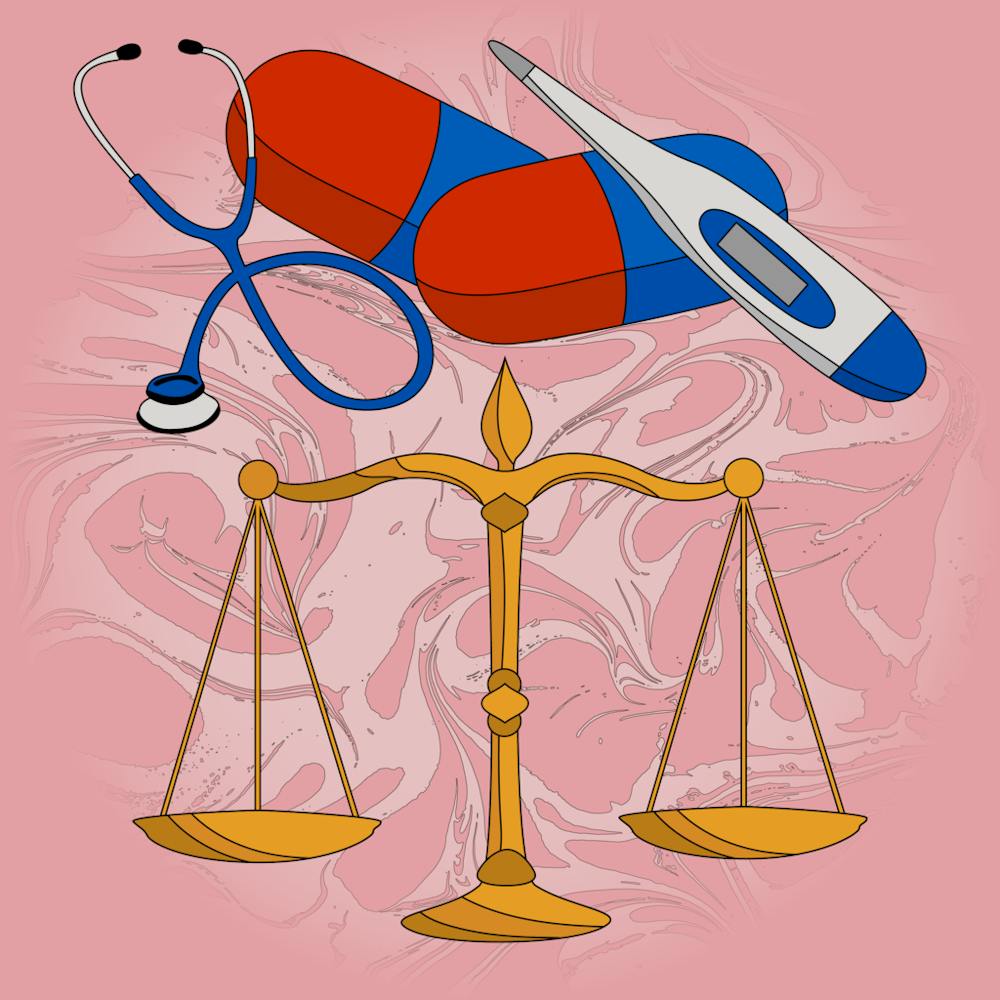The phrase “we live in unprecedented times” has become both a cliche and an understatement to describe the COVID–19 pandemic. There have been more than 2.5 million cases in the U.S., and communities of color are particularly vulnerable: Black, Native, and Latinx Americans are at much greater risk to contract and die from the virus relative to their populations. But for Natalie Shibley, instructor for Penn Summer I course HIST 560: Race, Gender, and Medicine in U.S. History, the disproportionate impact of the virus on people of color is far from unexpected.
The online graduate seminar traces the long history of racial and gender discrimination in medicine and the rise of Black healthcare activism in America, from slavery to the AIDS epidemic of the 1980s. By examining how science has racialized health and disease in the past, Shibley says, people can better understand the origins of racial health disparities in the present day.
“The field of science broadly has often served to promote the notion of racial difference, at least within the past 300 years or so,” says Shibley. “A lot of the earliest medical research on the human body was excessively concerned with the notion of differences between races.” Examples of this history are easily found at Penn, which houses physician Samuel Morton’s 17th–century skull collection, amassed through illegal means to prove the superior intellect of the white race through craniometry.
The early scientific drive to discover (and oftentimes fabricate) racial differences grew alongside the exploitation of marginalized groups for scientific research. The first unit of the course, “Slavery and Medicine,” discusses the field of gynecology’s roots in experimentation on enslaved women, whose unwilling bodies were the first to receive surgery for a condition called vesicovaginal fistula—without anesthesia. Later units on Jim Crow and immigration explore how Black, Mexican, and Chinese American communities were associated with disease at various points in history, fueling negative stereotypes and discriminatory policy.

The course also chronicles healthcare activism in Black communities, which sought to reform racist medical practices and provide options for people outside of the traditional health care system. Shibley points to the Black Panther Party as an example: members started their own healthcare clinics, created a free breakfast program for children, and fought for “healthcare as a civil right.”
Shibley, a postdoctoral fellow in the Penn Program on Race, Science, and Society, decided to teach the course because she wanted more students to know more about the intersection of race, history, and science. She first taught the class as a seminar in 2018, and she’s teaching it for the second time this summer as an asynchronous online course. Coursework in HIST 560 includes primary and secondary source readings, documentary viewings, discussion board posts, two research papers, and a final presentation.
Shibley hopes that her students, particularly those pursuing a career in healthcare, will become better doctors, nurses, and researchers by having a “more richly informed background” on discrimination in medicine.
“I also want people to feel empowered as patients,” she says. “I want them to know about the history of how [medicines] have been developed and help inform their decision about whether to participate in a scientific study, to ask their doctor if there’s another treatment that’s available for them, to engage with healthcare and healthcare policy in a broader realm.”
Brittany Hodges (LPS ‘20), who took HIST 560 in 2018, says the course material was “powerful” and “extremely relevant to the present–day context.” She plans to go to medical school and wanted to learn more about how the past connects to current health disparities.

“The class really gave me the framework and lens to understand why there’s so much inequality in health and medicine to begin with,” she says. “It didn’t just come out of nowhere. It’s because there’s this legacy of racism and slavery and Jim Crow segregation that has accumulated to the present day.”
Brittany also appreciated learning more about how Black leaders spearheaded changes in healthcare. She wrote her final paper on how Booker T. Washington and W.E.B Du Bois approached public health.
“It was essentially a research project on who the Black health leaders were of the time, and how they wanted to achieve black emancipation and black equality,” says Brittany. “And a primary way they did that was through advancing and promoting equal health between the races. That was not something I had previously known.”
The intersection of race and health has become essential to understanding the impact of COVID–19 on different communities. The coronavirus hospitalization rate for both Native and Black Americans is around 200 per 100,000 people, five times higher than the hospitalization rate for whites. At 160 per 100,000 people, Hispanic/Latino American hospitalization rates aren’t far behind.
Drexel University researchers published a data brief in June showing the relationship between racial inequality, particularly residential segregation, and coronavirus in Philadelphia. The most racially segregated neighborhoods (those with a high percentage of Black residents) were more likely to have high rates of positive COVID–19 cases. Coauthor Loni Philip Tabb, associate professor of biostatistics at Drexel, says the brief highlights how systems of racism affecting housing, labor, and transportation work together to make Black Americans more vulnerable to coronavirus.

“What we were trying to drive home was that segregation in and of itself is a fundamental driver in the racial inequalities you see in the city of Philadelphia,” says Tabb. She explains that Black Americans are more likely to work essential, low–wage jobs in the service sector, which also makes them more likely to live in low–quality, crowded housing in racially segregated neighborhoods.
“Not only are these individuals potentially being more exposed to COVID–19 and the related health outcomes that come with that exposure, but they're living in an environment, where if it’s more crowded, then that's increasing transmission.” They’re also more likely to have a long commute to work, which equates to increased risk of exposure through public transportation, says Tabb.
Shibley says her students are constantly drawing parallels between what they’ve learned in class and the current pandemic. Attitudes and issues around tuberculosis in the Jim Crow era felt particularly resonant, as Black people were at greater risk for the disease due to low wages and cramped, unsanitary living conditions. Black women became associated with tuberculosis because they had to work outside of the home, often as laundry servants in white households. In both the past and present, issues around essential workers and “whose labor must occur outside of the home regardless of risk” contributed to the racialization of a disease, says Shibley.
Laying the blame of a disease on a certain demographic, like Asian Americans in the current pandemic, is also nothing new. And discrimination within the healthcare system, such as doctors’ refusal to test Black patients for the virus, is part of a long history of mistreatment and apathy in medicine, according to Shibley.
It’s precisely because of these parallels that Tabb believes classes on the history of race and medicine should be “a requirement for people who are working within this field.” Without an understanding of how systemic racism has impacted access and outcomes in public health, people can’t see the complete picture of health disparities in the U.S. or work to effectively solve them.
“When you just think of racism at the individual level,” Tabb says, “you miss an entire environment that also produces systems of racism.”

